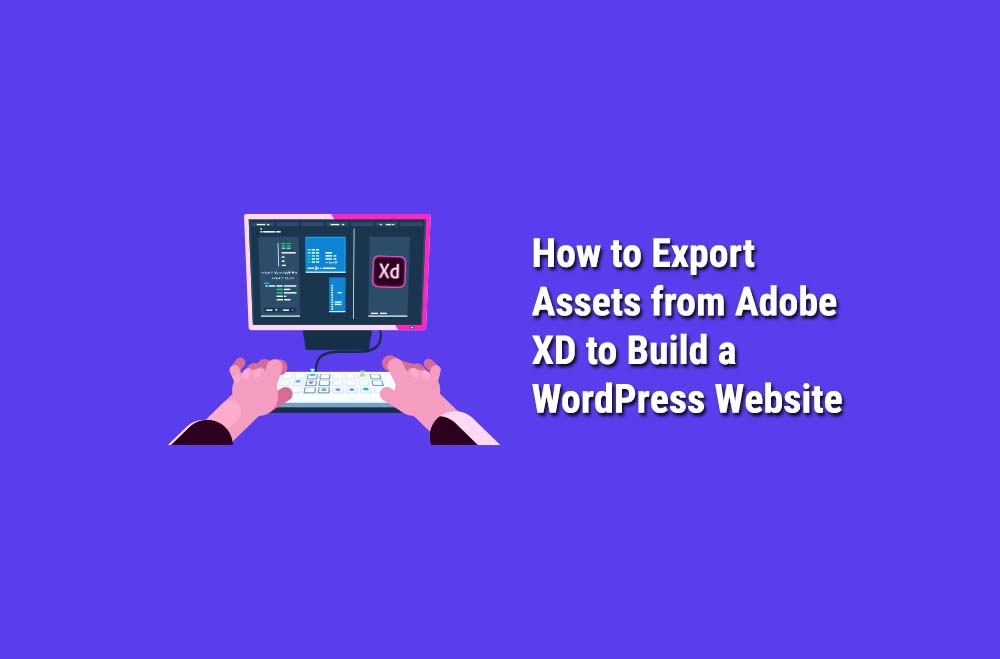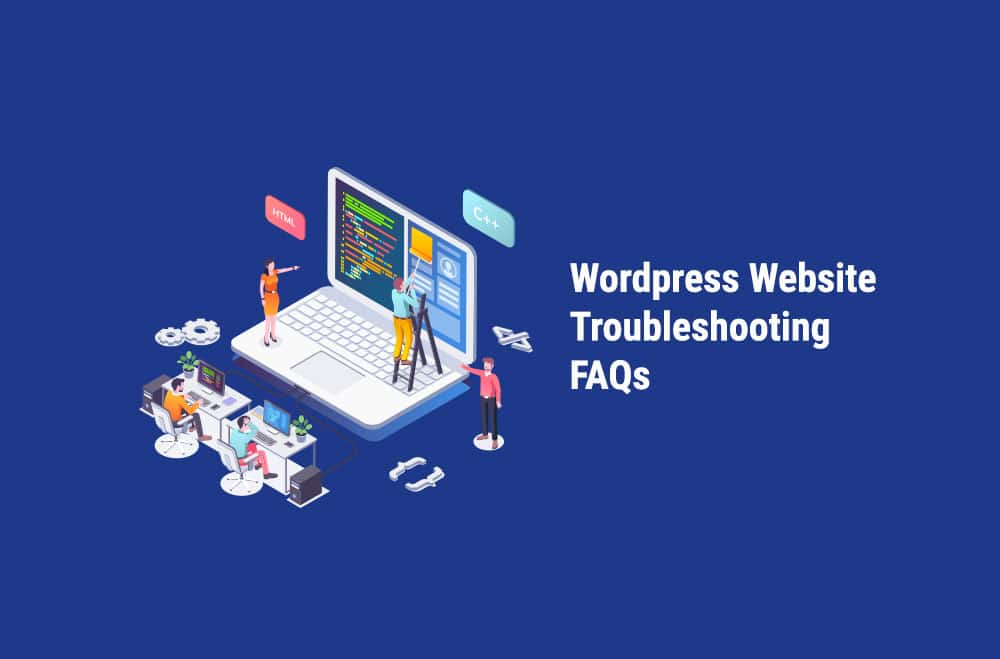There’s a change happening in the underlying realm of the world wide web. HTTP, the online protocol that your PC browser utilizes to access the world wide web, is introducing the globe to a new version: HTTP/2(Hypertext Transfer Protocol 2.0). This knowledge is crucial for website owners and developers that would like to gain some knowledgeable SEO Tips, as well as eliminating redundant strategies derived from older SEO Tips used in HTTP. Within this text, I will explain which practices of performance optimization you can remove, and the reasons why.
Practices of Performance Optimization you can Remove
Which Parts Changed?
- A crucial point of the new HTTP/2 protocol is that rule of a new request per each file is no longer a requirement. This new particular fact is the sole modification that has drastically changed the standard guidelines for performance optimization. Within the realms of HTTP1 and HTTP/1.1, the fastest way would be to merge JavaScript and Cascading Style Sheet (CSS) files, as well as any images. However, within this new realm of Hypertext Transfer Protocol 2.0, This tactic is now unnecessary.
Is This New Protocol Available for Me to Use?
- In a nutshell: Yes. In fact, any website that runs HTTPS can also run the new Hypertext Transfer Protocol 2.0. To use the new protocol, you or the host service you subscribe to may have to reconfigure the configuration of your server to support Hypertext Transfer Protocol 2.0, but that is the only action you’d have to take. Certain browsers that are now outdated may not be able to use the new protocol, but your website would still work for them under the old protocol.
Well, Should I or Should I not Use Hypertext Transfer Protocol 2.0 right now?
- Yes, you most definitely should use Hypertext Transfer Protocol 2.0! The speed has greatly increased in comparison with the older HTTP1. Therefore, the setting is up seamlessly will be a substantial optimal change for the majority of your users.
With Hypertext Transfer Protocol 2.0, it a CDN Necessary?
- Yes, though Hypertext Transfer Protocol 2.0 is an update and improvement, a CDN is still required. The CDN will send web content with higher speed than a standard server could ever possibly perform, so having one would still be a great benefit for your website. Each CDN that is of top quality should already have the capability to support Hypertext Transfer Protocol 2.0.
The Performance Optimization Practices That Have Changed
- Below is a list of best practices that you no longer have to use with the new Hypertext Transfer Protocol 2.0, and they should be eliminated from your development efforts:
The Concatenation of Cascading Style Sheet(CSS) and JavaScript(JS) Files
- Since the number of requests has been reduced, thus eliminating the issue of multiple files transferred, performing this task will be irrelevant and redundant. However, you can still minify your files.
Creating Image Sprites, or "Image Spriting"
- The definition of Image Spriting is when you combine a substantial number of mini-images into an even larger image to lessen the request number, which has always been a weighted task. Fortunately, Hypertext Transfer Protocol 2.0 deletes the need for this process.
Domain Sharding
- In the past, though not very common, individual sites that were heavy made the use of multiple CDN domains to serve their files. Now since Hypertext Transfer Protocol 2.0 eliminates the requirement of parallel connections, because, with Hypertext Transfer Protocol 2.0, parallel downloads can occur simultaneously in a single context, this best practice is now redundant.
The Inlining of Cascading Style Sheet(CSS) and Javascript(JS) files
- Google made the inlining CSS and JS files a web standard. Inlining JS and CSS files cause improper caching. Since a small file request won’t have any additional overhead, this best practice can also be eliminated.
Google’s PageSpeed tool and Hypertext Transfer Protocol 2.0
- Surprisingly, the acceptance of Hypertext Transfer Protocol 2.0 has not been practiced yet by Google Pagespeed, along with a significant number of other performance tools. It is necessary for them to have guideline changes. A decent amount of webpage speed techniques would be shown as unnecessary, thus removable, once an elementary Hypertext Transfer Protocol 2.0 test has been performed.
- However, some Google colleagues presently are aware of the pros of Hypertext Transfer Protocol 2.0. See this presentation, created in 2015 by Ilya Gregorik, to see the details.
At Bright Vessel, we make sure that we are up to date with the latest and most significant technologies. Contact us at Bright Vessel today to see how we keep our marketing ideas fresh, merged with the most recent technologies.











